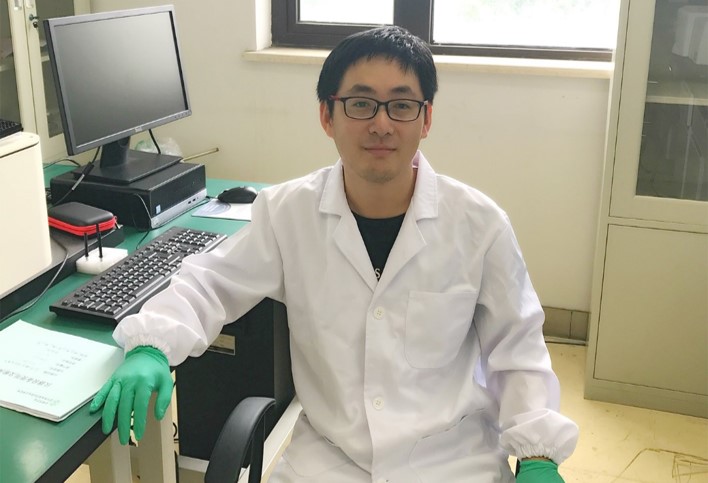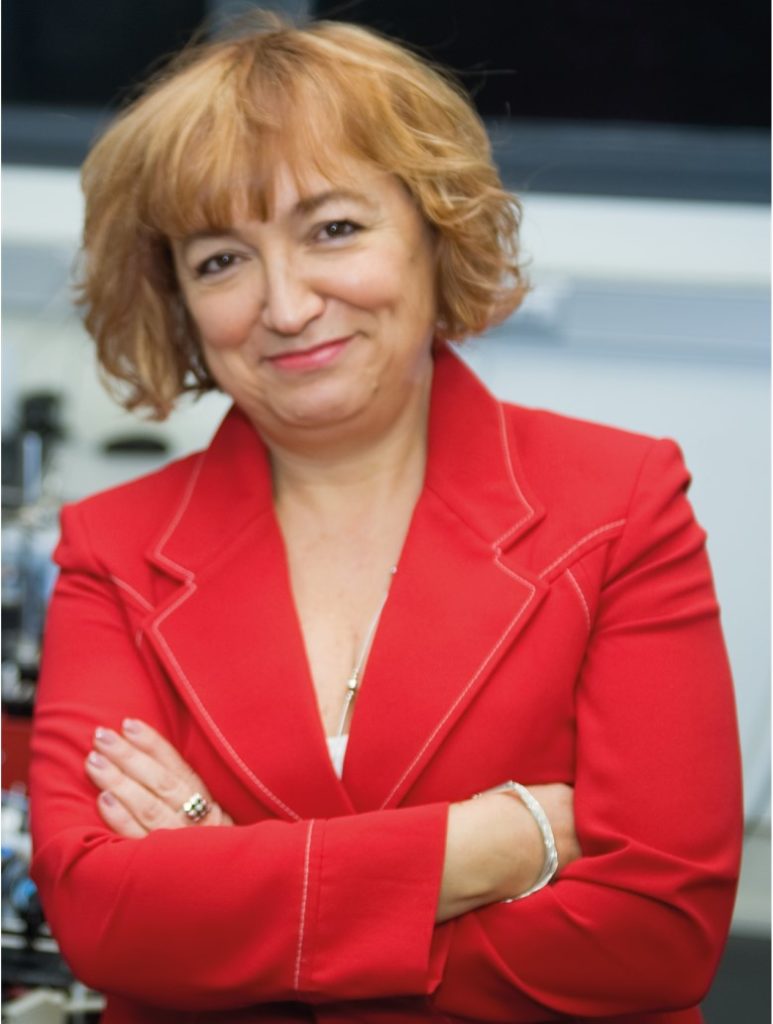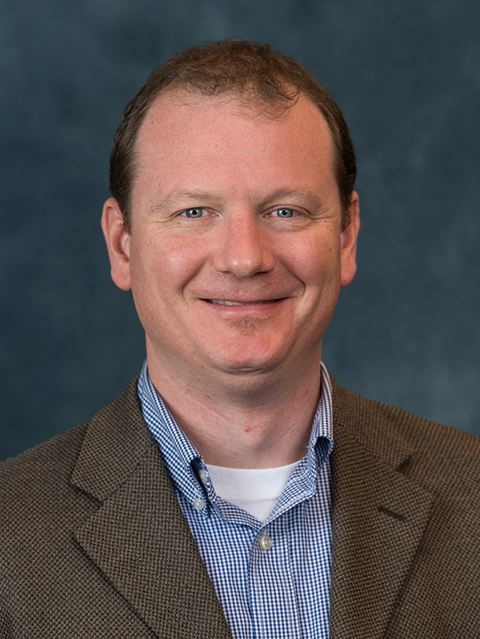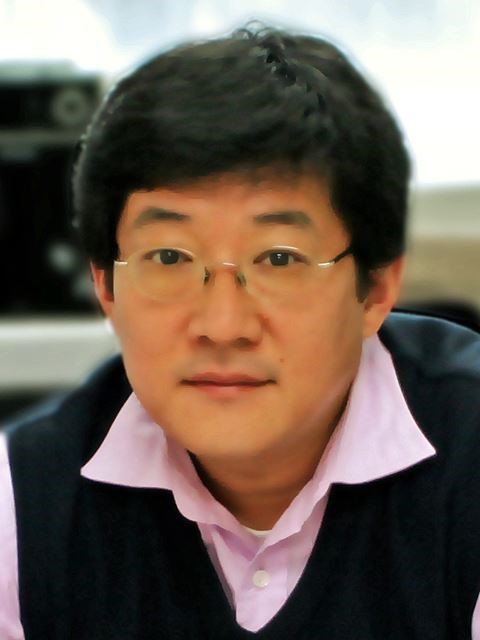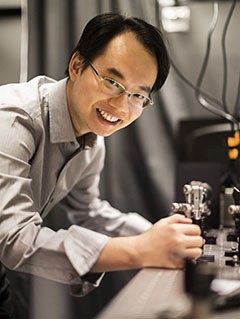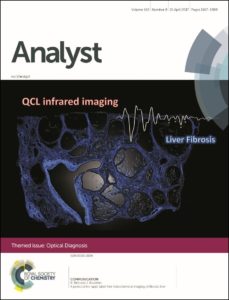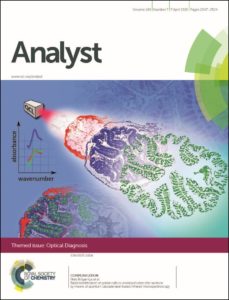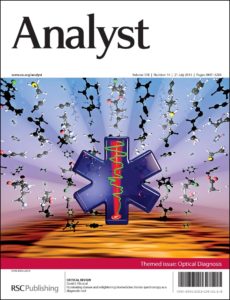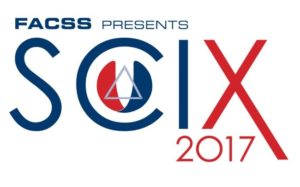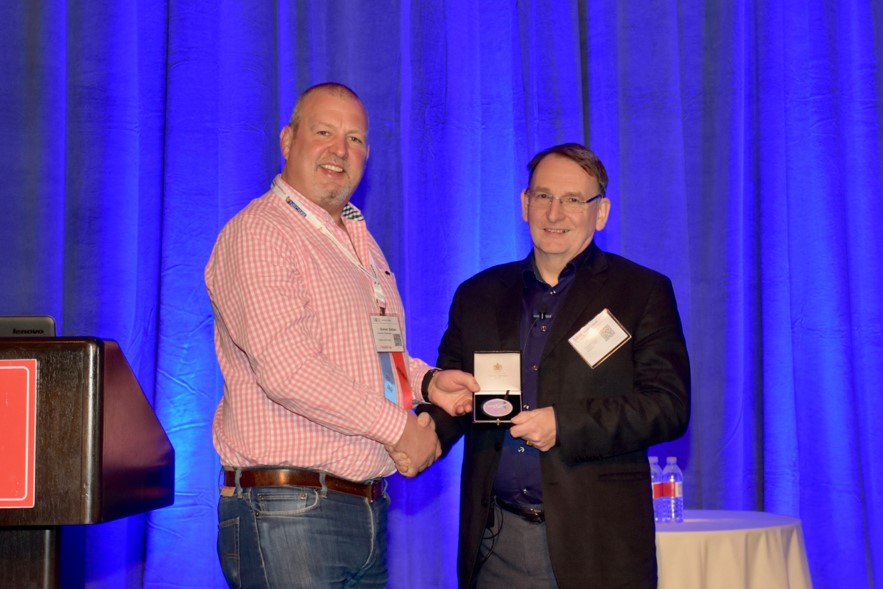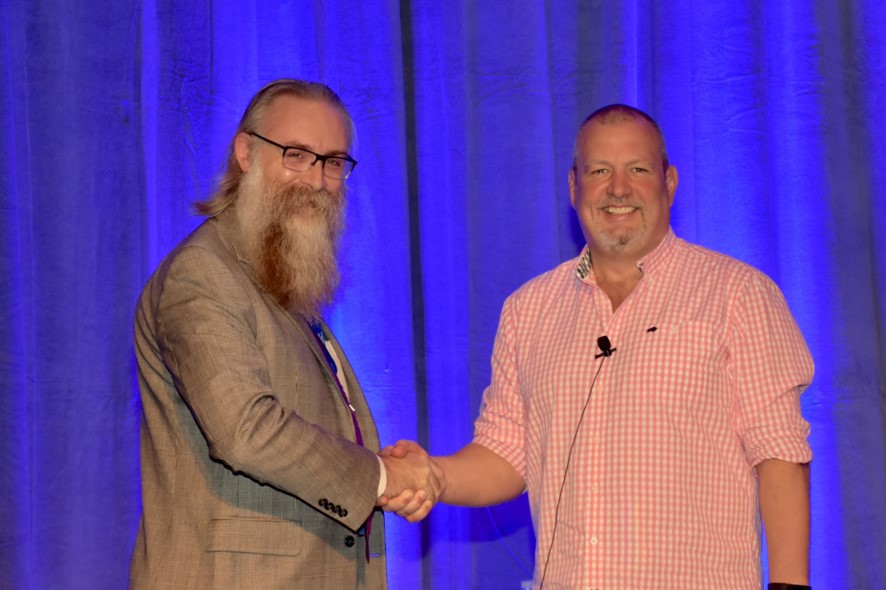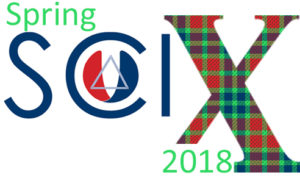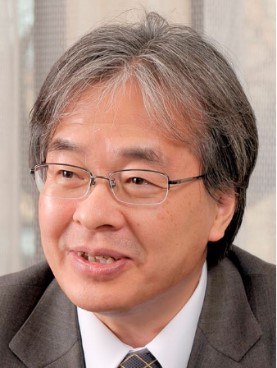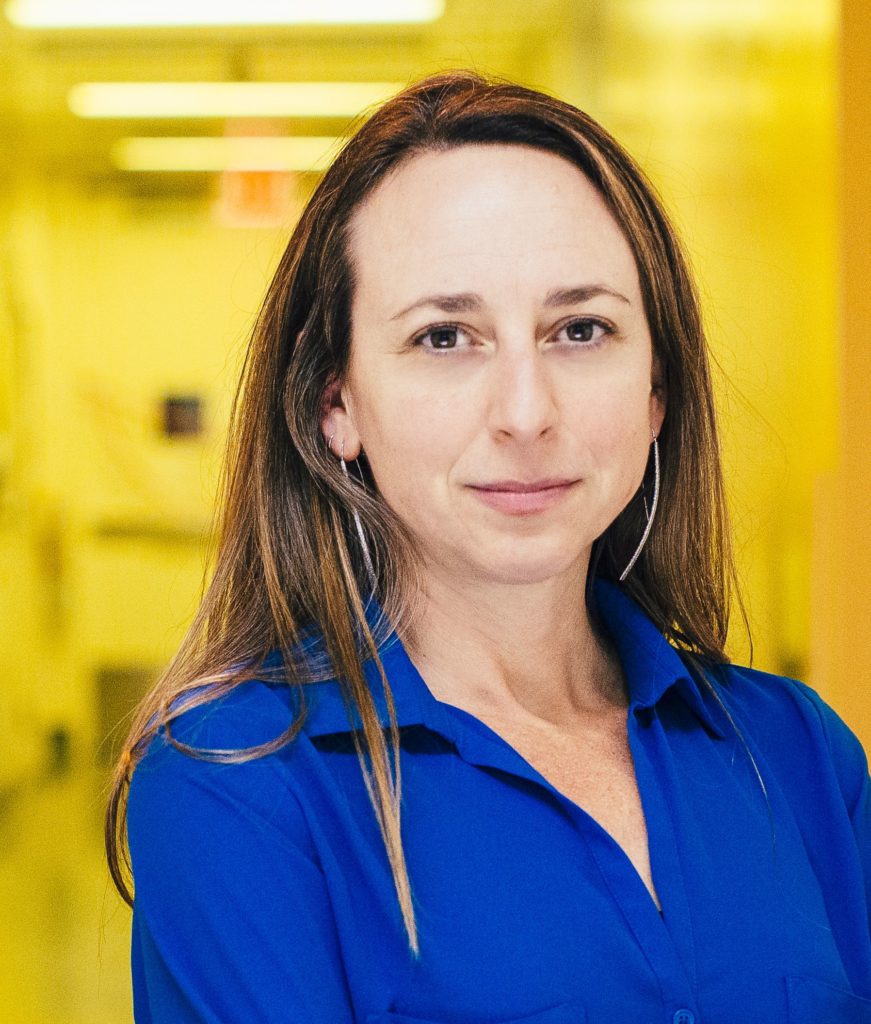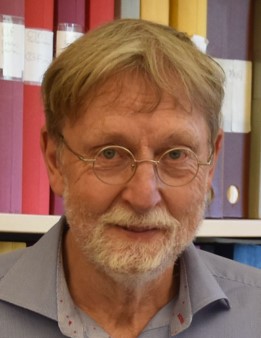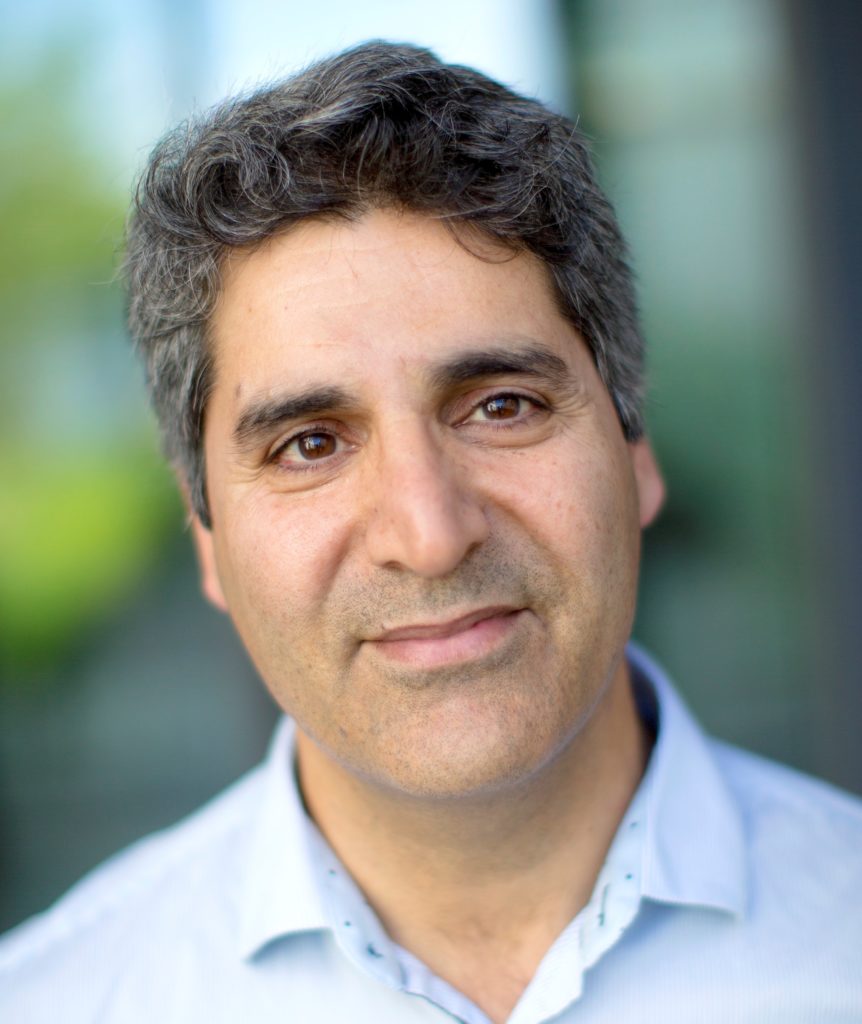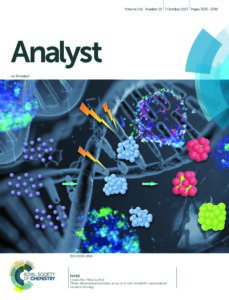We are delighted to introduce our latest Analyst Emerging Investigator, Ashley Ross!
 Ashley Ross is an Assistant Professor of Chemistry at the University of Cincinnati (UC) and a member of the Neuroscience Department and Center for Pediatric Neuroscience. She received her BS in Chemistry in 2009 at Christopher Newport University and was an undergraduate intern at NASA Langley Research Center for 3 years working with Drs. Margaret Pippin and Gao Chen. She received a PhD in Chemistry in Dr. Jill Venton’s lab at the University of Virginia in 2014. In 2014, she became a post-doc in Dr. Rebecca Pompano’s lab at the University of Virginia and was an American Association of Immunologists (AAI) Careers in Immunology Fellow. Since 2017, she has been at UC working on developing electrochemical and microfluidic tools to investigate neurochemical regulated immunity.
Ashley Ross is an Assistant Professor of Chemistry at the University of Cincinnati (UC) and a member of the Neuroscience Department and Center for Pediatric Neuroscience. She received her BS in Chemistry in 2009 at Christopher Newport University and was an undergraduate intern at NASA Langley Research Center for 3 years working with Drs. Margaret Pippin and Gao Chen. She received a PhD in Chemistry in Dr. Jill Venton’s lab at the University of Virginia in 2014. In 2014, she became a post-doc in Dr. Rebecca Pompano’s lab at the University of Virginia and was an American Association of Immunologists (AAI) Careers in Immunology Fellow. Since 2017, she has been at UC working on developing electrochemical and microfluidic tools to investigate neurochemical regulated immunity.
Read Ashley’s Emerging Investigator Series paper “Subsecond detection of guanosine using fast-scan cyclic voltammetry” and find out more about her in the interview below:
Your recent Emerging Investigator Series paper focuses on subsecond detection of guanosine using fast-scan cyclic voltammetry. How has your research evolved from your first article to this most recent article?
Over the last 10 years, I have focused on developing bioanalytical tools to study complex chemical signaling. My early work in graduate school focused on developing electrochemical tools to study the other important purine, adenosine. Specifically, I developed a new electrode modification procedure which combined carbon nanotubes and Nafion to enhance adenosine detection and I developed a new waveform for fast-scan cyclic voltammetry. My research soon evolved from developing novel tools to studying the release and function of rapid adenosine signaling in the brain. I switched gears quite a bit during my post-doc, where I focused on developing microfluidic tools to locally stimulate live lymph node slices to study the importance of the spatial complexity of the immune system and to quantitate cytokine diffusion within live tissue. My current research interests are focused on developing tools to study communication between the brain and the immune system. This particular paper went back to my roots a bit. We are really interested in guanosine signaling because of its rich involvement in neuroinflammatory processes; however, detecting millisecond changes in guanosine signaling in real-time is not possible with current technology. With FSCV, we are able to explore that rapid mode of signaling.
What aspect of your work are you most excited about at the moment?
I am very excited about the possibility of using FSCV to study brain-immune communication. How the brain and not only its immune system but the peripheral immune system communicates is not well understood, in part due to current technology. We are excited about all the new tools we are developing in the lab to help solve this technological barrier.
In your opinion, what is the biggest advantage of the fast-scan cyclic voltammetry method for guanosine detection?
Fast-scan cyclic voltammetry has excellent temporal and spatial resolution. With this technique, we can make measurements every 100 ms within discrete regions of the brain! Because we get a cyclic voltammogram, we are able to help distinguish what we are measuring. In the case of guanosine, a rapid extracellular signaling profile exists but the current techniques in the field to study guanosine signaling do not have the temporal resolution to capture it. With FSCV, we are hoping we can learn some interesting things about guanosine signaling in the brain!
What do you find most challenging about your research?
The biology! The brain and immune system are so complex! You can develop a technique on the bench but it can fail as soon as it is put into a complex matrix like tissue. Also, it is really difficult to predict what to expect when studying complex biological systems. We make hypotheses but I tell my students to not fall in love with those ideas! Everything can change when you start making actual measurements!
How do you spend your spare time?
I am a mother of two beautiful children, 6 year old Haylee and 3 year old Elijah. My husband Ronnie and I definitely spend most of our spare time with them. My daughter is in ballet, so chauffeuring her around to ballet practice and rehearsals is fun! I also enjoy singing in my spare time. I have been singing and performing since high school so it is definitely a nice “outlet” from work!
Which profession would you choose if you were not a scientist?
I have always loved to perform whether it be in singing groups or in musicals, so probably a performer! But more realistically, maybe a paediatrician!
Can you share one piece of career-related advice or wisdom with other early career scientists?
I was given this advice and I think it is so valuable: In the early years, be in the lab with your students! When you are starting out, you are the expert and can help not only set the example in the lab but it helps foster a productive environment early on.











